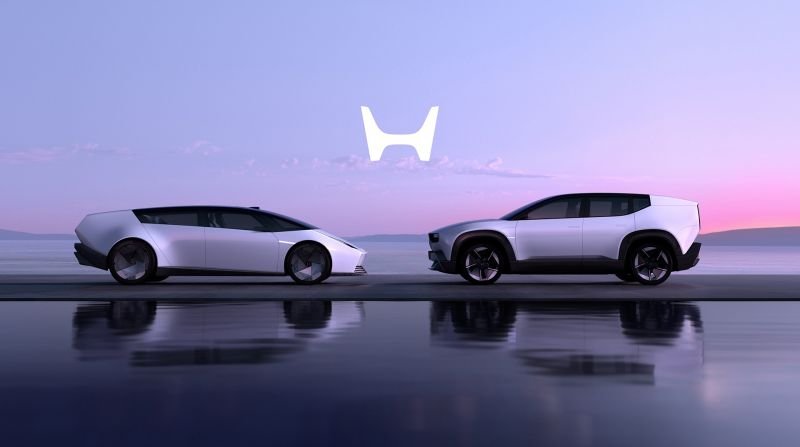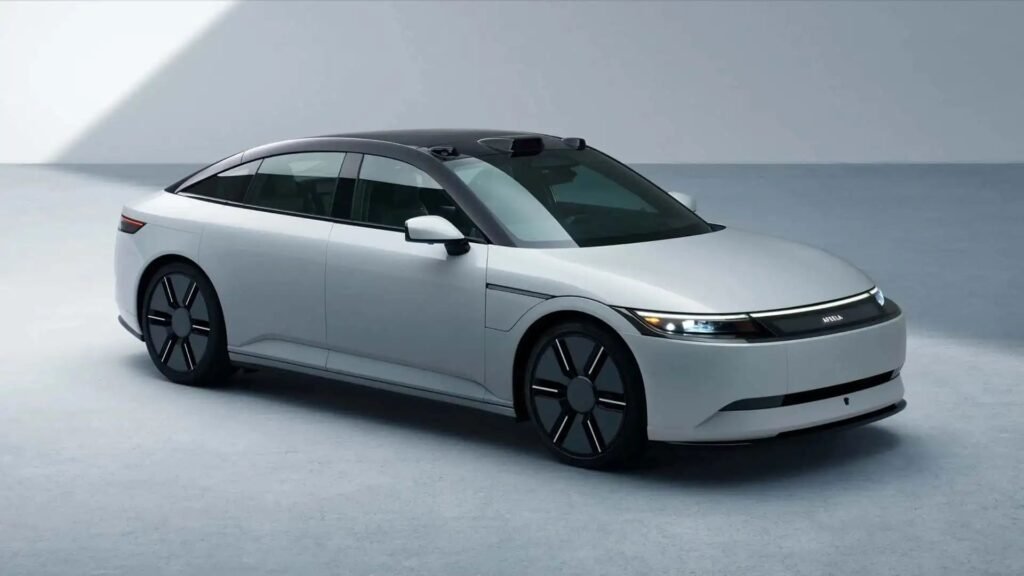
Starting a car company with a high-end sports car or luxury vehicle is not a recent innovation. This approach has been a cornerstone of the automotive industry, predating Elon Musk’s Tesla Roadster by many decades. It allows new manufacturers to establish their brand identity, showcase cutting-edge technology, and attract attention from both media and consumers.
Here’s a list of companies that followed this path, including both historical and contemporary examples:
Historical Pioneers
Ferrari First Car: Ferrari 125 S (1947)
Impact: Established Ferrari as a leader in high-performance vehicles, laying the foundation for its growth into a globally recognized luxury automaker.
Porsche First Car: Porsche 356 (1948)
Impact: Made Porsche synonymous with performance and engineering excellence, enabling expansion into other segments.
Lamborghini First Car: Lamborghini 350 GT (1964)
Impact: Positioned Lamborghini as a direct competitor to Ferrari, growing into an iconic supercar manufacturer.
Modern Innovators
McLaren First Car: McLaren F1 (1993)
Impact: Set benchmarks for performance and design, establishing McLaren as a serious player in the automotive world.
Acura First Cars: Acura Legend sedan and Integra hatchback (1986)
Impact: Helped Acura grow into a major player in the premium automotive segment.
Lexus First Car: Lexus LS 400 (1989)
Impact: Redefined luxury, allowing Lexus to compete directly with German luxury giants.
Contemporary Examples
Polestar First Car: Polestar 1 (2017)
Impact: Demonstrated Polestar’s engineering capabilities, paving the way for its fully electric lineup.
Lucid Motors First Car: Lucid Air (2021)
Impact: Set new standards for electric luxury sedans, establishing Lucid as a credible rival to Tesla.
Faraday Future First Car: FF 91 (2023)
Impact: Represents Faraday Future’s ambition to disrupt traditional automakers in the ultra-luxury EV market.
Strategic Approach
Launching with a high-end model offers several advantages:
– Establishes strong brand identity
– Attracts significant media attention
– Showcases cutting-edge technology
– Provides higher profit margins for future development
– Creates a halo effect for subsequent offerings
This strategy has proven effective across decades of automotive history, from Ferrari’s early V12s to modern electric pioneers. It remains a powerful way for new entrants to carve out their place in an increasingly competitive market.



